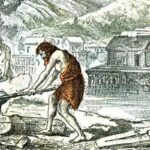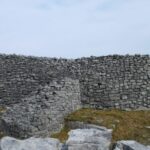We explain what the Bronze Age was, its stages, economy and other characteristics. Also, its beginning and end.
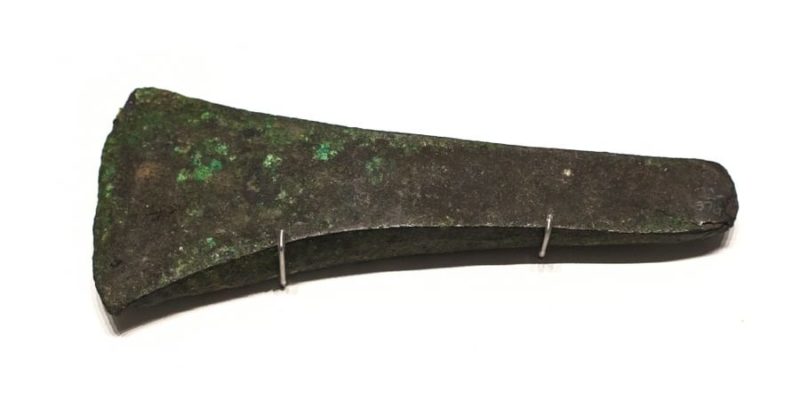
What was the Copper Age?
The Copper Age, Eneolithic or Chalcolithic was the period of prehistory that served as a transition between the Neolithic period (c. 8500-c. 4500 BC) and the Bronze Age (started around 3000 BC). It marked the beginning of the Age of Metals (c. 5500-c. 800 AD). As its name indicates, it was a stage characterized by the appearance of metallurgy, specifically work with the first metal that was smelted by humans: copper.
The time frames of this period are only approximate, since the technological changes of each prehistoric stage were different in each region of the planet. The first antecedent of the Copper Age was the discovery of native copper by humans, who until then were unaware of the casting processes and manipulated it by hammering and cold beating.
However, over time new procedures enabled by ceramic manufacturing and firing techniques were developed, which It began the foundry and the birth of metallurgy itself recognized as the beginning of the Copper Age.
Furthermore, with the handling of this metal the possibility of obtaining alloys arose. In this way, humans obtained bronze from the alloy of copper with tin, which began the second stage of the Age of Metals: the Bronze Age.
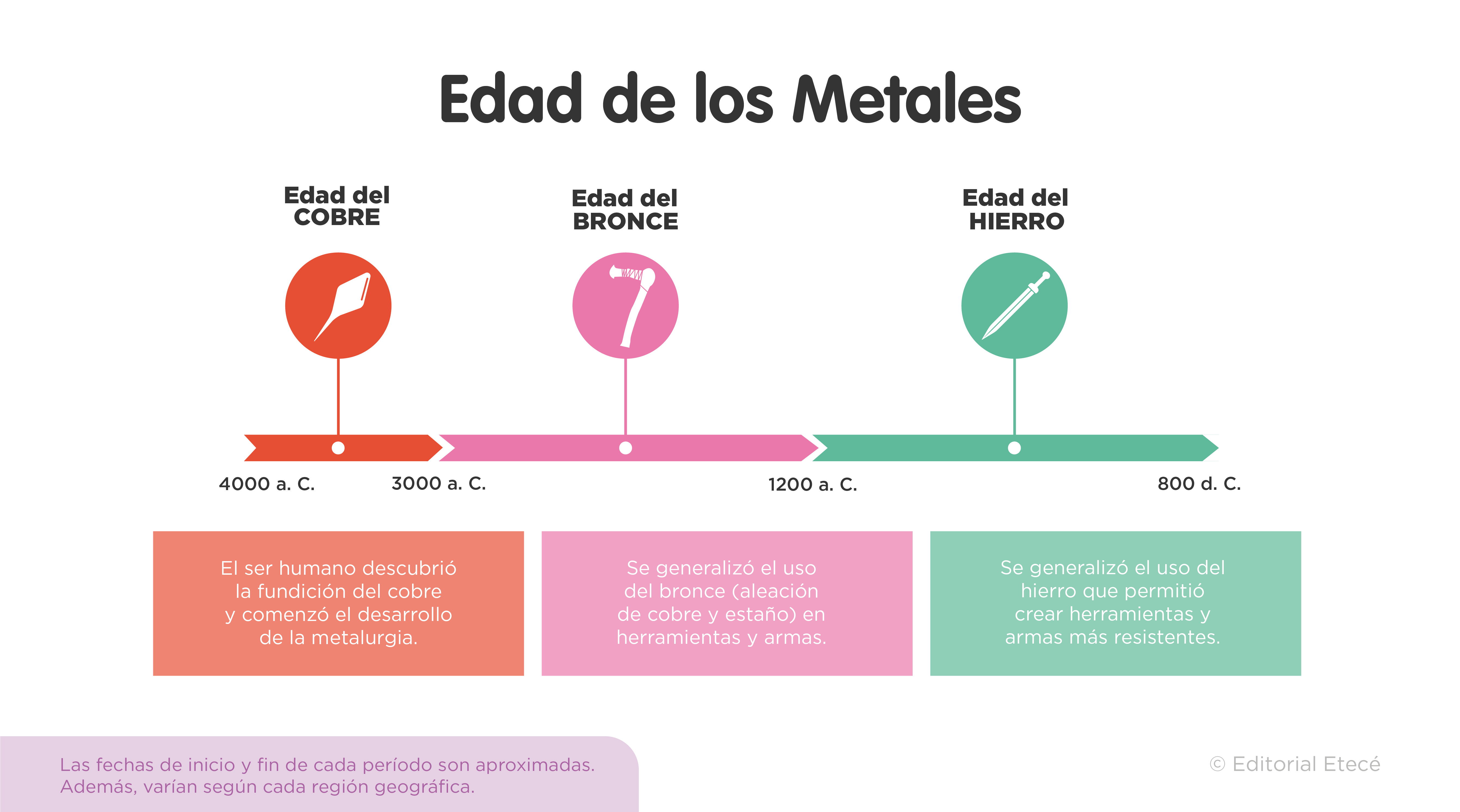
Key points
- The Copper Age was a period of prehistory characterized by the spread of copper metallurgy.
- It was a transitional stage between the Neolithic and the Bronze Age that occurred in some regions of the Middle East, Europe and Africa.
- It was accompanied by other cultural transformations such as new agricultural techniques, long-distance exchanges and an incipient social stratification.
- Its beginning is usually placed between 5500 and 4500 BC. C and its end around 3000 BC. C., although it varies according to the regions.
Beginning of the Copper Age
Before the beginning of the Copper Age, this metal was worked cold or slightly heated in some regions of southern Türkiye and northern Iraq. The oldest objects are ornaments and tools made of copper and malachite (a mineral containing copper) found at the archaeological site of Cayonu, in southern Turkey. Its manufacture is estimated around 8500 BC. C., that is, in the early stages of the Neolithic.
But The first evidence of copper smelting was found at the Catal Huyuk site also in southern Turkey (a region rich in this mineral). They consisted of ornamental objects, small tools and copper slag (that is, residue from its treatment) dated to sometime around 6000 BC. c.
The use of copper began to become widespread in the Middle East from 5500 BC. C. The people of this region and other neighboring regions valued metal and learned to smelt it, as evidenced by the finds of around 4500 BC. C. in Mesopotamia, in present-day Israel and Jordan and in the Balkans. Subsequently, copper production became widespread in Eurasia and reached the Indus Valley (Pakistan and India) and various regions of Europe.
For its part, On the American continent, copper work was evident much later around 1000 BC. C. Its use spread in the Andes, especially in the Bolivian and Peruvian highlands, where gold working had already been developed around 1400 BC. c.
Later, it was used in the form of alloys with silver and gold in the current regions of Colombia and Peru. But the Andean cultures did not mostly use this metal to make weapons or tools but to make decorative and ritual objects.
Characteristics of the Copper Age
The widespread use of copper was the most characteristic feature of this stage, which is why it received the name Copper Age. Initially, this metal was used in its pure state, which did not make it more efficient than other flint or obsidian utensils, until the casting technique was developed.
In addition to copper metallurgy, this period was characterized by:
- An increase and intensification of production as a consequence of the incorporation of new copper tools and new agricultural techniques.
- Greater social stratification due to an incipient specialization of production, especially in artisanal trades.
- A notable increase in exchanges of goods between the cultures of neighboring and even distant regions.
- The emergence of new ways of occupying the territory with a greater population concentration in increasingly larger places and the change from a domestic economy to a more integrated economy.
- The training of leadership that is, human groups under the mandate of local chiefs who could perform different leadership functions and manage the productive surplus.
- The development of proto-urban levels especially in Mesopotamia, which led to the formation of the first cities, the appearance of the State and the invention of writing.
Copper Age Economy
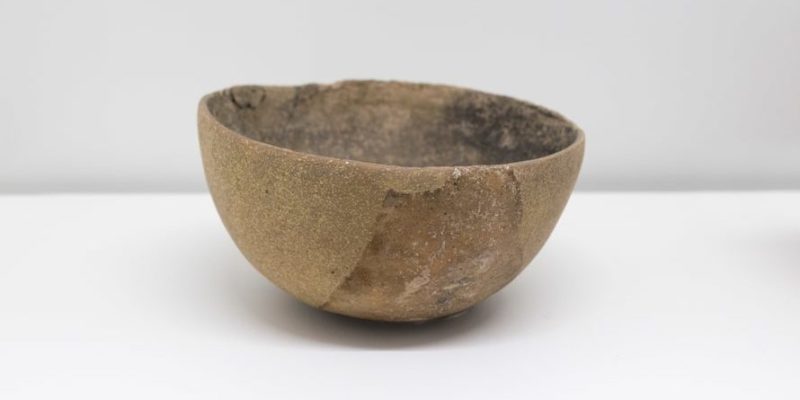
The appearance of copper introduced new economic possibilities. On the one hand, it allowed the manufacture of new tools, which were often more efficient and durable than those made of stone. On the other hand, the exchange increased, both of copper material and objects and of metallurgical knowledge and other ideas. In addition, ceramics continued to be used for practical and ritual purposes.
Vessels, ornaments, pendants, tools and weapons were manufactured and traded as greater mastery of metal was obtained. Although copper smelting began to spread between 5500 and 4500 BC. C., around 3000 BC. C. began to become widespread and, therefore, its main alloys emerged with arsenic and with other metals.
On the other hand, at this stage New agricultural techniques were introduced, such as the use of plowing and irrigation and vines and olive trees were cultivated. In addition, the use of products derived from livestock farming began, such as milk, wool, and load and traction power (what some archaeologists called the “products revolution”).
All of this meant a change with respect to the domestic modes of the Neolithic, as it consolidated the constitution of intertwined local economies and favored long-distance exchanges.
Social organization of the Copper Age
The Copper Age was a period in which human societies acquired a certain social complexity, as a consequence of changes in the diversity and magnitude of production. New models of leadership, greater stratification of societies and a notable increase in exchanges economic, social and cultural were characteristics of this period.
This promoted population growth which led to the expansion and expansion of towns and villages. Thus began the process that later led to the appearance of the first cities and the first States.
On the other hand, metallurgy introduced new ideas about materials and their transformation. Its impact on the collective imagination could have given rise to emergence of new deities linked to the forge and metals as well as male warrior divinities who, according to some interpretations, would have displaced the traditional mother-goddesses of the Neolithic, typical of an agricultural or proto-agricultural society.
End of the Copper Age
Once metallurgy was discovered, the mastery of copper and its new alloying possibilities led to the obtaining of new materials. Stronger forms of copper were created and, By alloying with tin, bronze was obtained.
This event marked the end of the Copper Age and the beginning of the Bronze Age. It is estimated that it occurred around the year 3000 BC. C. in the Near East, from 2500 BC. C. in Europe and around 2000 BC. C. in areas of Asia such as the Indus Valley.
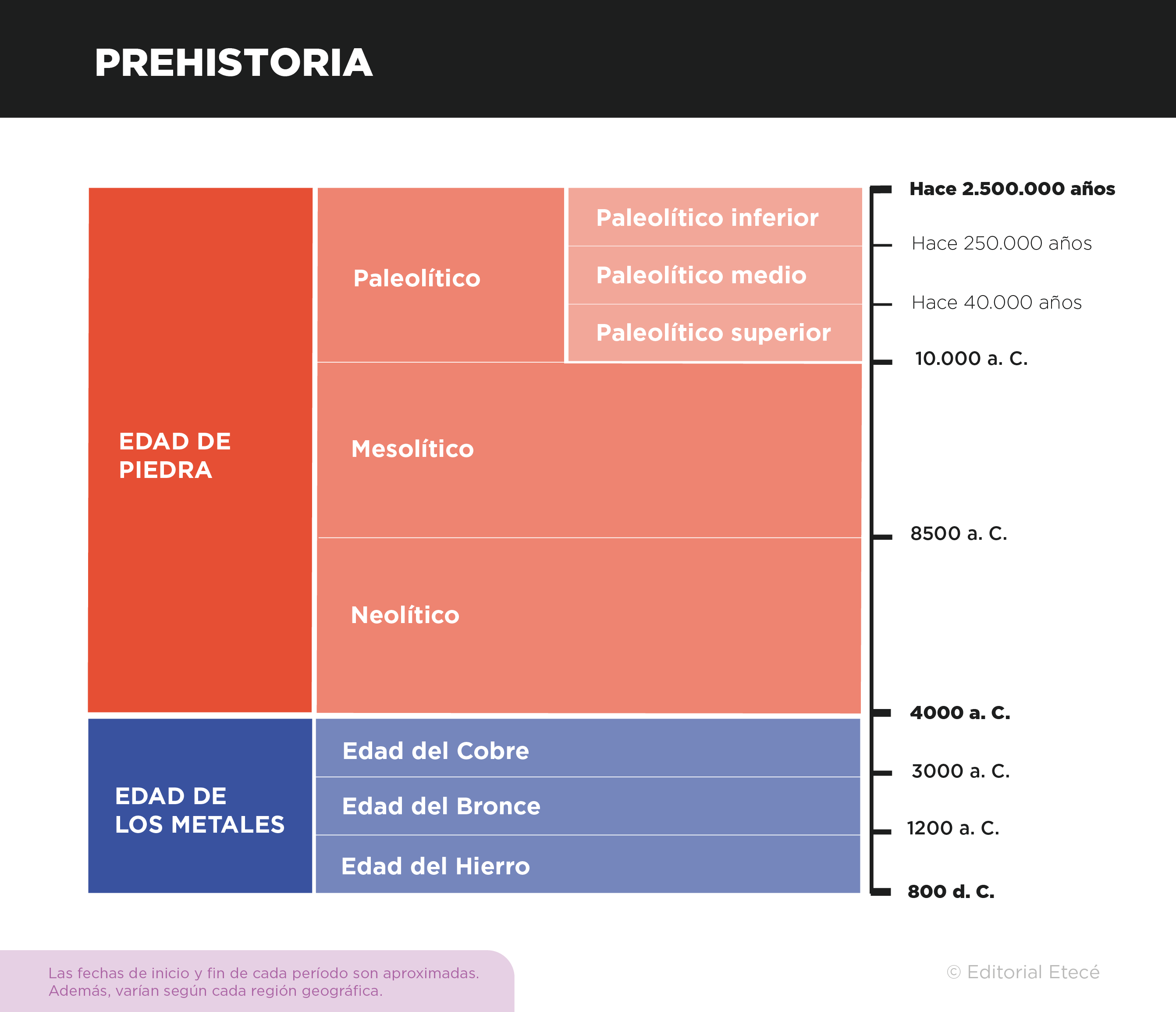
References
- Barzun, J. et al. (2023). The Metal Ages (history of Europe). Encyclopedia Britannica. https://www.britannica.com/
- Britannica, Encyclopaedia (2023). Bronze Age. Encyclopedia Britannica. https://www.britannica.com/
- Cartwright, C. (2017). Copper in Antiquity. World History Encyclopedia. https://www.worldhistory.org/
- Eiroa, J.J. (1996). Prehistory II. The Age of Metals. Akal.
- Fernández Martínez, VM (2007). Prehistory. The long road of humanity. Alliance.



